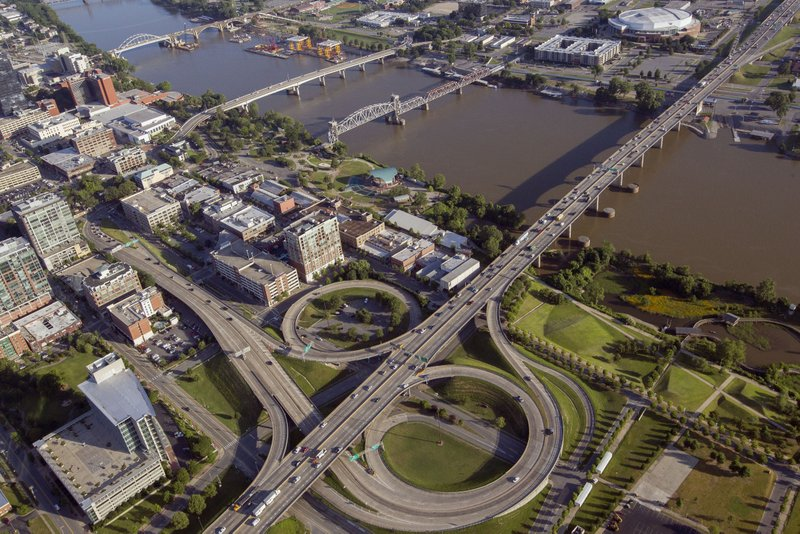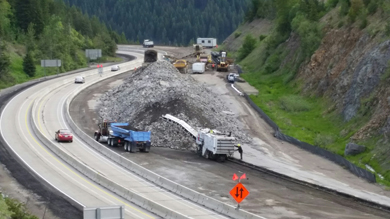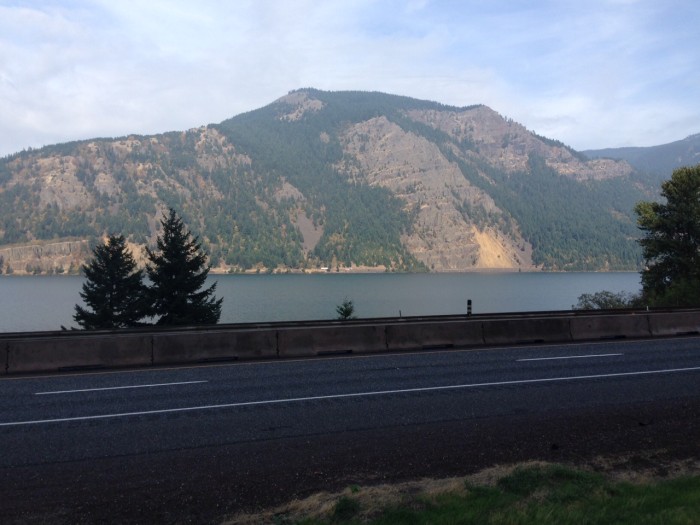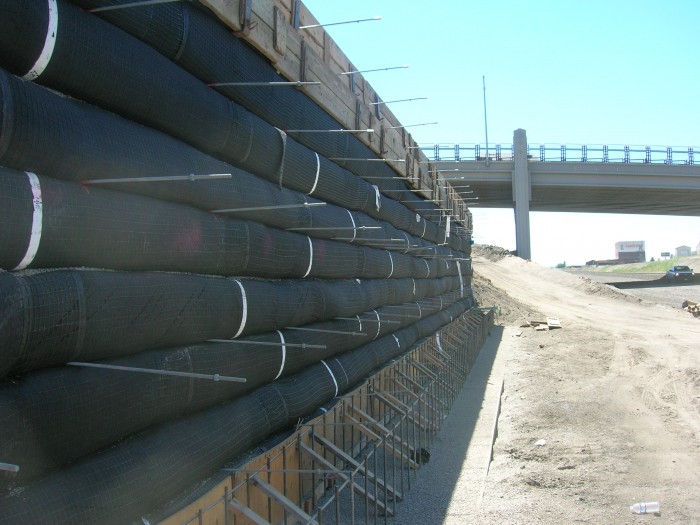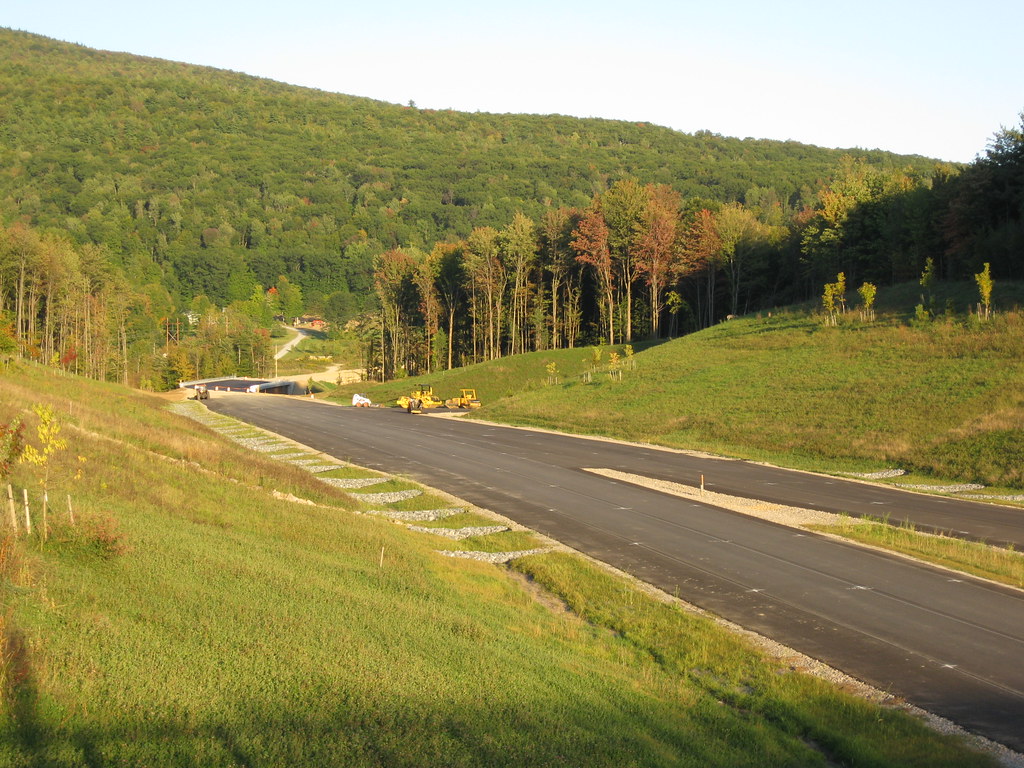I-405 Renton to Bellevue Widening & Express Toll Lanes Project in Renton, WA
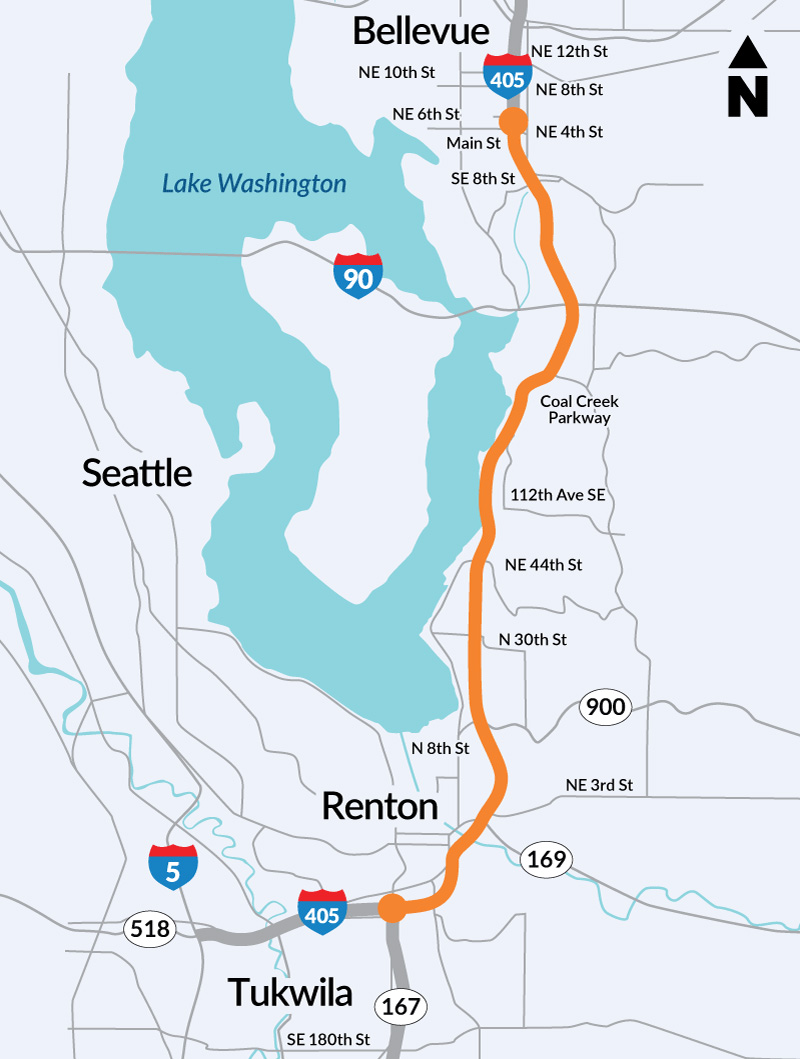
Project Overview
Washington state travelers commuting between Renton and Bellevue on Interstate 405 face one of the most challenging traffic situations in the state. The I-405 Renton to Bellevue Widening and Express Toll Lanes project is targeted to alleviate this issue. The initiative aims to enhance transportation options and safety for commuters by providing more dependable travel alternatives and ensuring smooth movement for drivers, transit users, and freight.
The Renton to Bellevue project will expand its capacity by introducing a two-lane Express Toll Lane (ETL) system stretching from SR 167 in Renton to Northeast Sixth Street in Bellevue. The project involves adding an additional lane in each direction and merging the existing High Occupancy Vehicle (HOV) lane with the new lane to form a dual ETL setup.
These new lanes will seamlessly integrate with the current express toll lane network between Bellevue and Lynnwood and the SR 167 High Occupancy Toll (HOT) lanes via the I-405/SR 167 Interchange Direct Connector. This integration will result in a comprehensive 40-mile ETL system. The primary objective of this project is to enhance travel speeds and reliability for all commuters, while also facilitating the upcoming I-405 Bus Rapid Transit (BRT) line between Lynnwood and Tukwila, which is part of the voter-approved Sound Transit 3 package. The I-405 Renton to Bellevue Widening and Express Toll Lanes project is being implemented to address this issue. This initiative aims to enhance transportation options and safety for commuters by providing more dependable travel alternatives and ensuring smooth movement for drivers, transit users, and freight.
Products Supplied
Portland Bolt assisted in providing the necessary material for the retaining wall portion of this project. The anchor rods used for this were specified as ASTM F1554 Grade 36 and were provided in a galvanized finish, which we do in-house with our hot-dip galvanizing line. These anchor rods were paired with a high-strength A194-2H nut, a high-strength heavy hex coupling nut meeting ASTM A563 Grade DH, as well as a custom square plate washer meeting the requirement of A36 steel.
Manufacturing
Since this project is federally funded, everything must be 100% melted and manufactured in the USA. Because Portland Bolt partners with many companies that provide anchor bolts for Department of Transportation projects, we keep a wide variety of domestic anchor bolts on the shelf, and every item is fully certified with full mill test reports for compliance with WSDOT requirements.
References
https://www.flatironcorp.com/project/i-405-renton-to-bellevue-widening-and-express-toll-lanes/ – source
